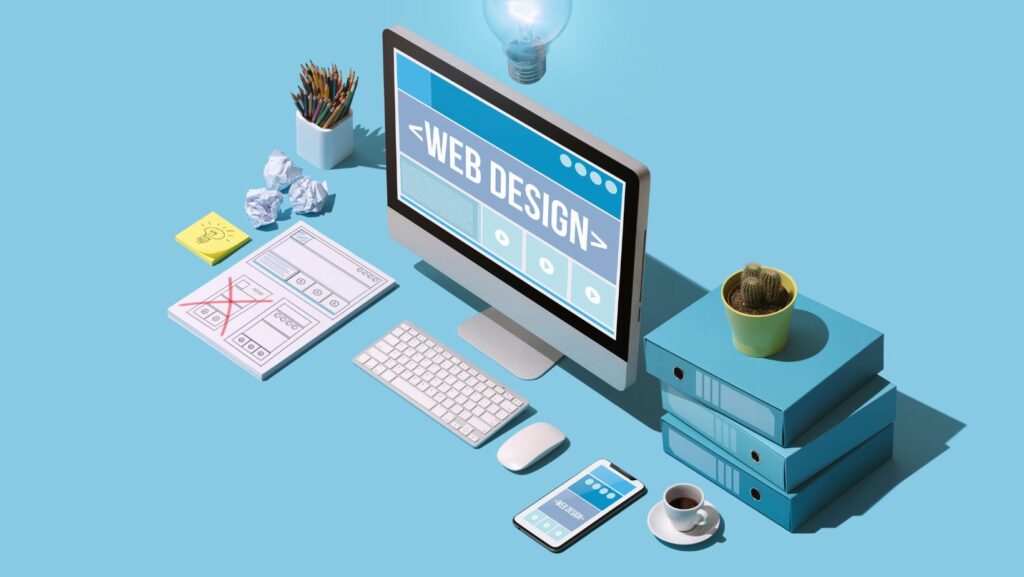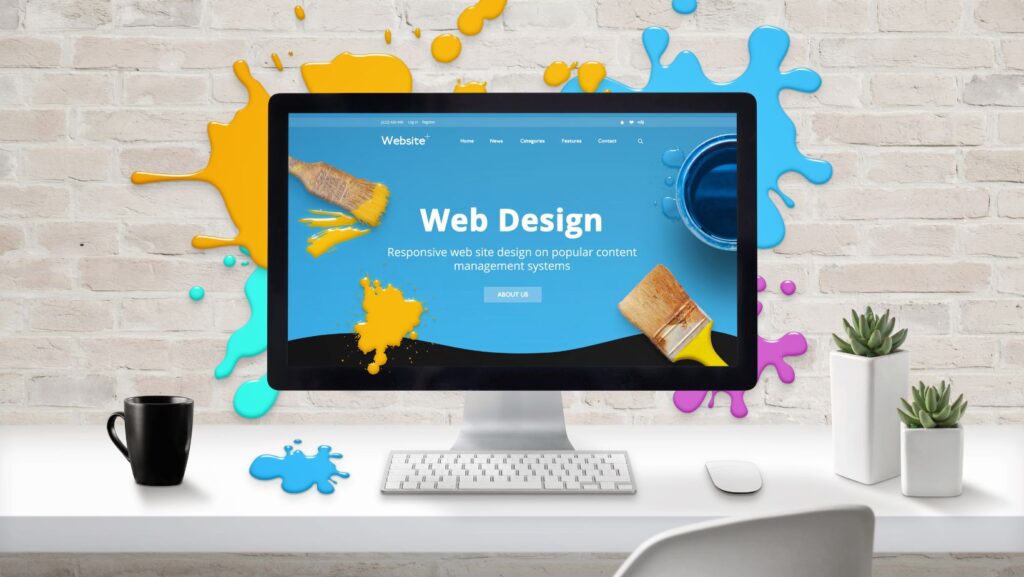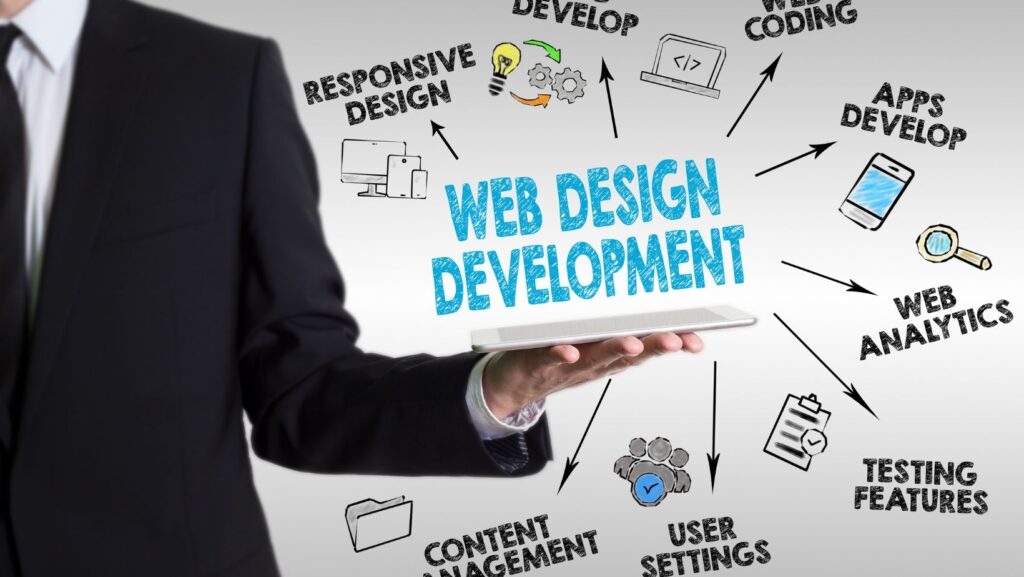In the bustling world of web design and development, creating a seamless digital experience requires more than just coding skills. It’s a symphony of creativity, technical prowess, and strategic thinking. End-to-end web design and development encompass every step from conceptualization to launch, ensuring a harmonious journey for both creators and users alike. In this article, we’ll embark on a comprehensive exploration of this process, unraveling the intricacies that define its success.
Understanding the Vision:
Before diving into the code, it’s crucial to grasp the vision behind the project. This phase involves close collaboration with clients or stakeholders to delineate objectives, target audience, and desired outcomes. By aligning on goals and expectations, designers and developers lay the foundation for a project that resonates with its intended audience and achieves its purpose.
Research and Analysis:
Armed with a clear vision, the next step is to delve into research and analysis. This stage encompasses market research, competitor analysis, and user feedback gathering. By understanding industry trends, identifying pain points, and studying user behavior, designers and developers gain valuable insights that inform their decisions throughout the project lifecycle.
Wireframing and Prototyping:
With insights gathered, it’s time to translate ideas into tangible structures through wireframing and prototyping. Wireframes serve as blueprints, outlining the layout and functionality of the website or application.

Prototypes, on the other hand, offer interactive simulations that allow stakeholders to visualize the user experience firsthand. This iterative process fosters collaboration and refinement, ensuring that the final product meets user needs effectively.
Designing the User Experience (UX):
User experience lies at the heart of end-to-end web design and development. UX designers focus on creating intuitive interfaces that guide users seamlessly through the digital journey. From navigation menus to interactive elements, every design choice is meticulously crafted to enhance usability and foster engagement. By prioritizing user needs and preferences, designers create experiences that leave a lasting impression.
Crafting the User Interface (UI):
While UX focuses on functionality, UI design brings aesthetics into the spotlight. UI designers marry form and function, leveraging color palettes, typography, and visual elements to create visually captivating interfaces. Through careful attention to detail and consistency, they craft designs that not only look beautiful but also enhance usability and reinforce brand identity.
Development and Implementation:
With designs approved, developers step into the spotlight to bring concepts to life. This stage involves writing code, integrating backend systems, and implementing front-end designs. Whether it’s HTML, CSS, JavaScript, or backend frameworks, developers work tirelessly to ensure that the website or application functions seamlessly across different devices and platforms.
Testing and Optimization:
The journey doesn’t end with development; it’s followed by rigorous testing and optimization. Quality assurance teams conduct thorough testing to identify and rectify any bugs or inconsistencies.

Additionally, performance optimization is crucial to enhance loading speeds and overall user experience. By prioritizing testing and optimization, teams ensure that the final product meets the highest standards of quality and reliability.
Embracing Continuous Improvement:
Even after the launch, the journey of end-to-end web design and development continues. Embracing a mindset of continuous improvement is paramount in today’s dynamic digital landscape. Through user feedback, analytics insights, and iterative updates, creators refine and enhance the digital experience over time. By staying agile and responsive to evolving user needs and technological advancements, teams ensure that their websites and applications remain relevant and impactful in an ever-changing world.
Conclusion:
End-to-end web design and development is a multifaceted journey that demands creativity, collaboration, and attention to detail. From conceptualization to launch, each phase plays a pivotal role in shaping the digital experience. By embracing a holistic approach and prioritizing user-centric design principles, creators can build websites and applications that captivate audiences and drive meaningful engagement. As technology continues to evolve, mastering the art of end-to-end web design and development remains essential for staying ahead in the digital landscape.
